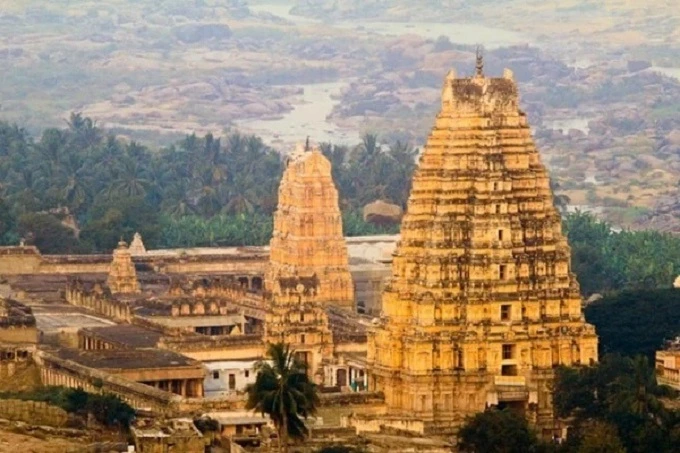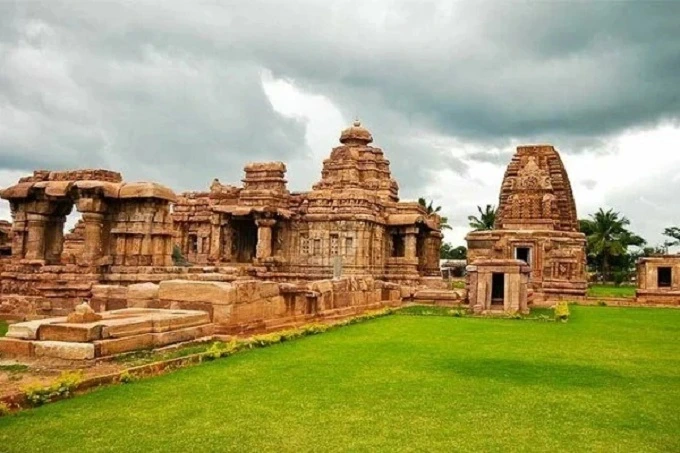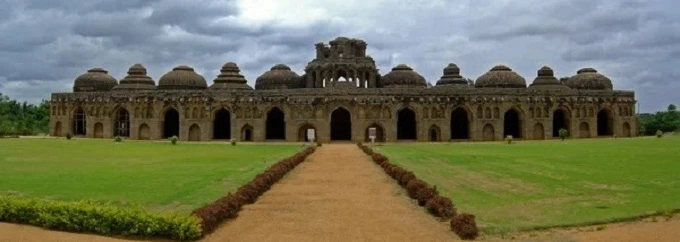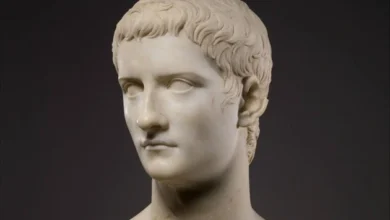Hampi village: center of the ancient Indian civilization richer than ancient Rome

Hampi is a town or, more accurately, a hamlet that can be found closer to the southern region of India, close to the state of Goa. It was one of the numerous communities scattered across the forest for a good number of years. Only a select few historians were aware of Hampi’s existence in India. And it was only around twenty years ago that researchers from other countries started taking an interest in this Indian community. The recently uncovered remains of the once-powerful empire’s capital city were the catalyst for this unexpected interest.
The ancient structures of Hampi may be found on a stone plateau that is encircled on all sides by enormous rocks. Since 1986, the remains have been recognized by UNESCO as a World Heritage Site.
There was a time when the city of Vijayanagara served as the administrative center of the Vijayanagara Empire. The holy river Tungabhadra served as the location for the construction of the ancient city. It is a widely held idea that whoever bathes in this ancient river in India would get the greatest boost in vitality, health, and energy possible. Despite the fact that there have been reports from other tourists that the river contains crocodiles. Because of this, swimming here is not recommended.

In the first century, people began to settle in the region that is now known as Hampi. The ancient Indian epic known as the “Ramayana” describes Hampi as the capital city of the kingdom ruled by the ape-like humanoids known as the Vanar.
These humanoids were Rama’s friends. According to the Ramayana, the Vanar was bold and powerful warriors, adventurous, loyal, and honest. They stood at a height that was only somewhat lower than that of humans, and their whole bodies were coated in a fine coating of fur. The most well-known member of the Vanar is the Hindu god Hanuman, who is honored in the religion of Hinduism and to whom a great number of temples in India are devoted.
The Hindu kingdom of Vijayanagar was established in this region in 1336 and went on to subdue the whole of the southern region of India. Between the years 1422 and 1446, the state had its greatest degree of economic growth. Historians assert that the Hindu kingdom had a level of prosperity that far surpassed that of ancient Rome.
There were extravagant celebrations staged in the temples, merchants sold diamonds by the kilogram and silks by the ton, and the palaces in the capital were decked up in gold decorations.
Vijayanagar was a city that existed until Muslim invaders came, seized it, and then stole what had been one of the wealthiest cities in India at the time. Only by looking at the remains, which are all that are left of the old structures, can visitors and researchers of today get an accurate sense of their size.
However, the Islamic invaders had a goal of destroying as many Hindu structures as possible, particularly temples. They regarded it as an affront to god as well as the practice of idolatry to worship representations of god. Because of this, the majority of the architectural monuments that were found in Vijayanagar have been destroyed.
In later years, there were also treasure hunters who came to the area, and they caused even more damage to the monuments that were located in Hampi because they were searching for riches.

The most significant temples still in use may be found in their original locations in Hampi. A significant historical, architectural, and religious relic, the ruins span an area that is little over 25 square kilometers in overall size. In addition to this, there are old buildings, some of which have been maintained very well.
The Lotus Palace, the Elephant Riding Hall, the Royal Bath, and the Hazarama Rama Temple are all located in the section of Hampi known as the Royal Center. This is also the location of the main shopping area. The second portion of the hamlet is called the Bazaar region, and it has temples and palace structures in addition to its other buildings.
One of the most well-known Hindu temples in Hampi is called Virupaksha, and it is devoted to the god Shiva. It was established before the Vijayanagar Empire was established. Another temple called Vithala is well-known for the lilting tunes that can be heard coming from the columns inside of it when they are lightly tapped. The Lotus Palace is indeed breathtaking, both in terms of its aesthetic appeal and the skillful way in which it blends Islamic and Indian design elements.
Some visitors, in addition to marveling at the historic architecture of the city, climb to the summits of the boulders to see the sunrises and sunsets from a vantage point from where they can also see the nearby hilly scenery.




